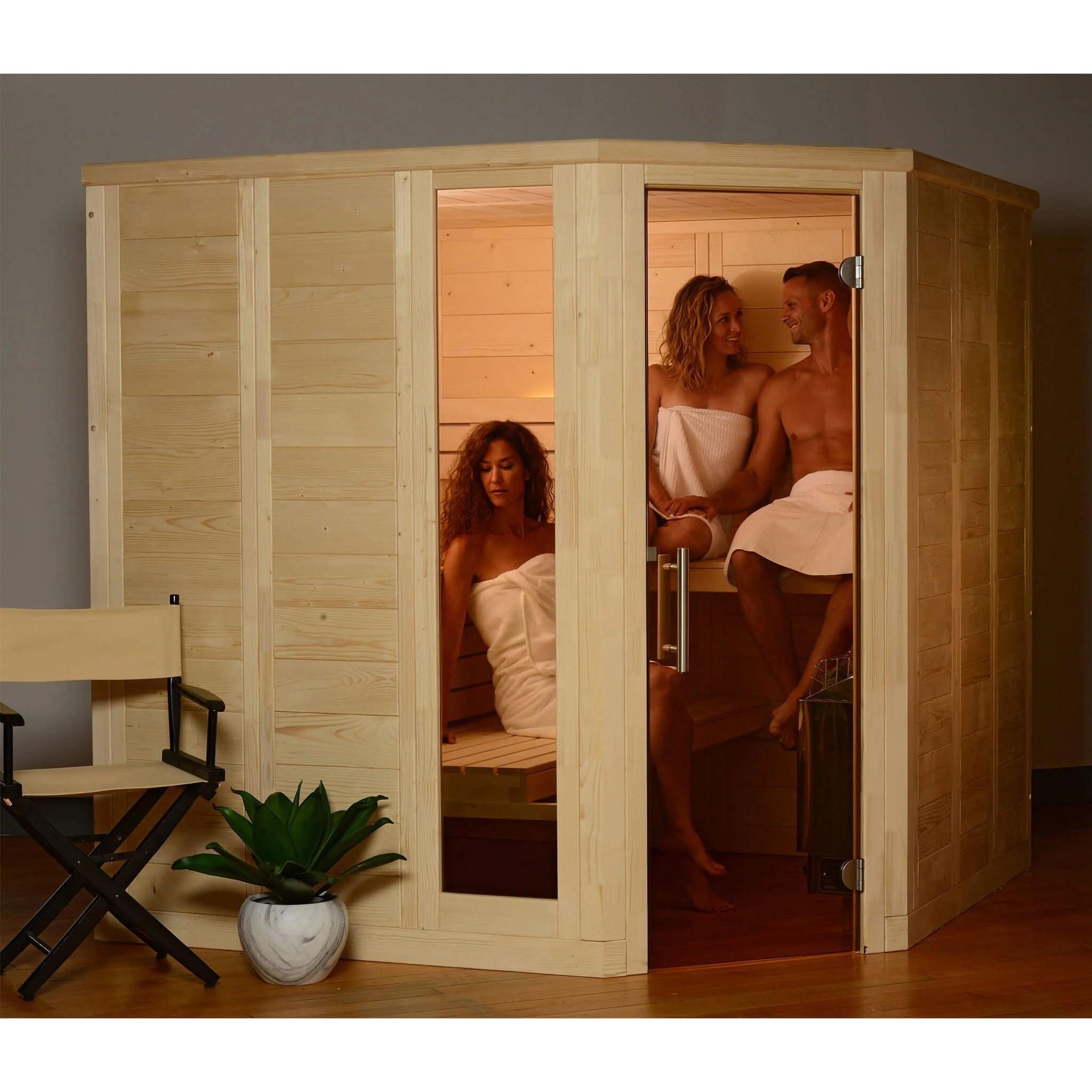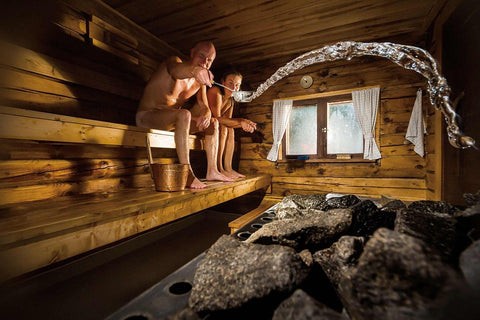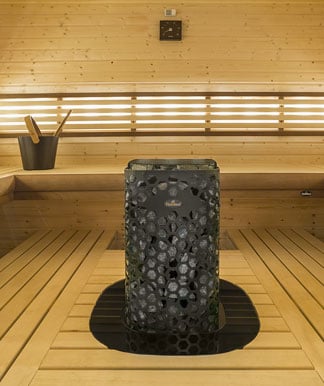The Of Traditional Sauna
Table of ContentsNot known Details About Traditional Sauna Traditional Sauna for BeginnersTraditional Sauna for DummiesIndicators on Traditional Sauna You Need To KnowOur Traditional Sauna PDFs
The majority of the weight lost in a sauna is water loss and is re-gained upon rehydrating. Nonetheless, certainly sauna can be a vital part of a healthy and balanced weight-loss program. To check out the differences in between typical and IR saunas, I will certainly separate these right into verifiable, academic, and produced distinctions.Thus, the hottest point in the saunawhich goes to the ceiling straight over the sauna heateris commonly between 185 and 190 F. Claims that a conventional sauna surpasses 200 F is just not real and not appropriate for electrical saunas offered in the US. The temperature for a far-infrared sauna is typically set between 120 and 140 F; nevertheless, unlike the conventional sauna, the goal in and IR area is not to achieve a heat.
Since of this, the temperature difference is practically unimportant, because extreme sweating results in both sauna kinds, but the technique of heating the body is various. In an IR sauna the bather will certainly feel warm and will sweat a lot, however at a lot reduced temperatures (Traditional Sauna). Therefore, if the goal is to invest longer time periods in the sauna, the IR sauna is a good option
When a conventional sauna has actually been properly heated up, the sauna wall surfaces are warm, the air temperature has achieved established temperature and the rocks are extremely heated. As an intriguing side note, the heated walls and the rocks are producing far-infrared warm, combined with the heated air, to produce an "covering heat".
The 45-Second Trick For Traditional Sauna

When the high temperature level is attained, the aspects cycle on and off to maintain the heat. Many traditional sauna users enjoy putting water over the rocks to produce heavy steam to increase sauna humidity levels. The advantages of putting water over the rocks include: making the room a lot more comfy, moistening the nasal flows, and permitting the use of aromatherapy by mixing vital oils with the water.

When the power enters the body, it triggers the body temperature to enhance and eventually results in sweat. In an infrared sauna it is very important for the emitters/heaters to remain on almost regularly. Given that there is no mass of rocks to maintain warm, the sauna will cool if the emitters turned off.
As stated over, the sauna bather in an infrared space wants to place himself in front of running emitters to get optimal gain from the heat. The heating time for the 2 rooms can be really different, relying on how the spaces are used. For a typical sauna, a bather needs to permit 30-40 minutes for the room to achieve a preferred temperature level and to correctly pre-heat the rocks.
The Greatest Guide To Traditional Sauna
A well constructed sauna will commonly attain a temperature level of 150-160 F in regarding 30-40 minutes. For hotter temperature levels, the room might need to warm for a longer duration.

Standard saunas tend to be larger (hence use more electricity) than infrared saunas, although traditional saunas are certainly visit our website readily available in one and 2 person dimensions. For a two-person traditional sauna, 5x6 or 5x7 size is most prominent. The top bench can comfortably seat two or 3 individuals and is also enough time to relax during the sauna session.
The 9-Minute Rule for Traditional Sauna
The ordinary price per kWH of electricity in the U.S. is roughly $0.11, so a 4.5 kW heater will certainly set you back roughly $.50 to run for one hour, if the heater runs constantly for one hour. Usually a sauna heating system will run for 75% of the very first hour and 50% of subsequent hours on given that the elements cycle once the established temperature is attained.

Ultimately, there is a hardly ever reviewed distinction in the social experience between both rooms. While our culture has lost some of the social advantage of the traditional sauna experience, it can be really socially gratifying (Traditional Sauna). From household time in the sauna, to heart-felt discussions with loved ones, to sauna partiesthe conventional sauna experience can bring about intimate socializing
9 Simple Techniques For Traditional Sauna
A lot of greater end infrared areas include colored light treatment, noise systems and full-glass fronts.